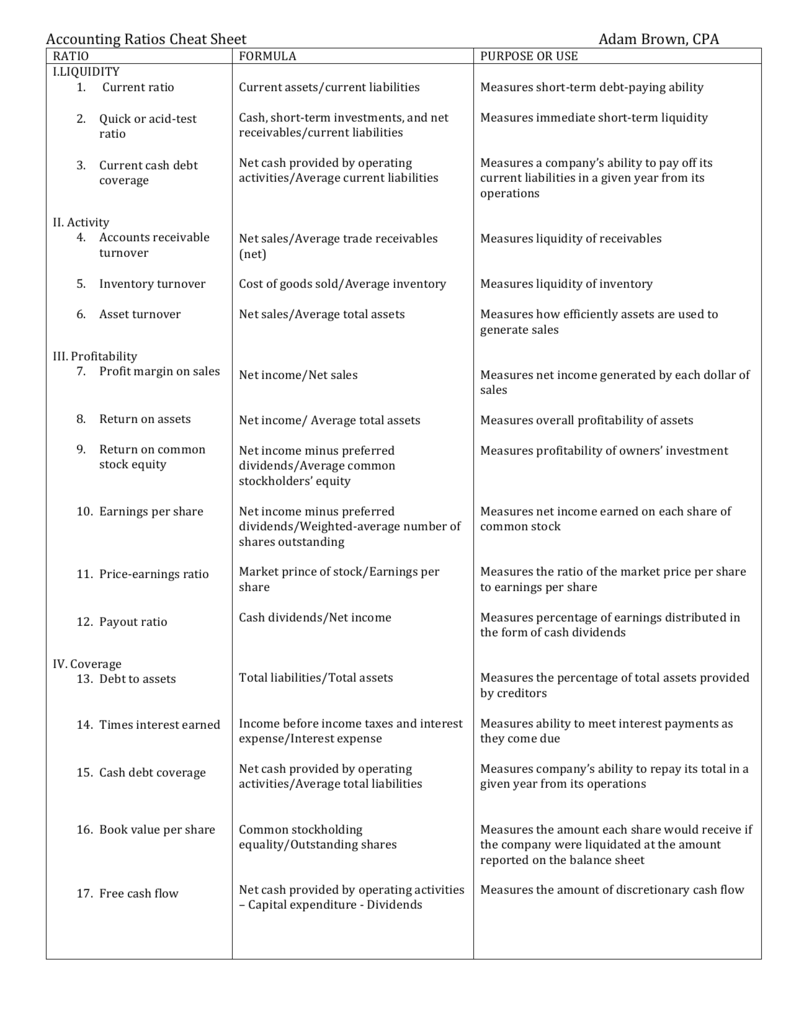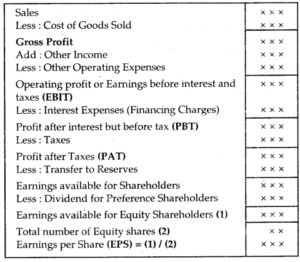

Like other businesses, you can base your needs for bad debt reserves on estimates of bad debt percentages of previous years and economic aspects affecting your businesses. The bad debt percentage will be 5%.Īlthough the direct write-off method is an accurate way of determining bad debt, many businesses avoid this method because the time of sale and when a debt is declared uncollectible may differ. To establish adequate bad debt reserves, businesses calculate their bad debt percentages by:ĭividing bad debt by the total account receivables in a given timeįor example, using the direct write-off bad debt calculation method, if your business has $10,000,000 in the receivables account in a given year, customers fail or refuse to remit $500,000.

#Accounting ratio outstanding invoices how to
Here are essential things you should know about a bad debt reserve: How to calculate a bad debt reserve Nonetheless, you can establish the same contra accounts for other receivables like payroll advances given to the employee. Bad debt reserves are designed only to offset trade receivable's accounts. The net receivable balance of your account will be recorded in the balance sheet as $95,000. RA has a debit balance, while bad debit reserves have a credit balance, and the result is net receivable balances reported in balance sheets.įor example, your balance sheet may have $100,000 as accounts receivable and a bad debt offset of $5,000. Bad debt reserves are contra accounts designed to offset receivable's accounts. To maintain financial stability, you require a plan to make financial statements realistic. If you sell to customers on credit, there is a chance that some customers may fail to pay for the goods. The bad debt reserves predict losses to lessen the financial impacts of failed payments. Related: What Is an Invoice? Definition, What's Included What is a bad debt reserve?īad debt reserves are allowances established to cover losses incurred when customers fail to pay their bills or loans. Failed or delayed payments increase the debt obligations, making it hard for the company to continue being financially stable. With enough reserve funds, a business can pay its suppliers or vendors without fail and thus avoid penalties or fees for failing or delaying payment of payables. The main benefit of creating account receivable reserves is to protect your business against the financial effects caused by failures of customers to remit payment for any outstanding invoice. Related: Q & A: What Is Accounts Receivable and How Does It Work? Benefits of an accounts receivable reserve As a precautionary measure, businesses create a reserve account that will help to offset the unpaid invoices. Sometimes clients fail to pay the invoices. Accounts receivables are used as part of accrual basis accounting and classified as assets because the collected cash provides value to the company. The payments are collected after the agreed-upon time and recorded as assets on a business's balance sheets. What is an account receivable?Īccounts receivables are the outstanding invoices customers owe you for services and goods they purchased in the past. Here are ideas on how accounts receivable work. During this waiting period, the unpaid invoices are considered accounts receivable. The businesses deliver the services, send an invoice, then wait for the payment. For instance, a utility company will bill its clients after they receive electricity. Most companies and businesses sell their goods and services to their clients on credit. What is an accounts receivable reserve?Īn AR reserve is an account that businesses and companies create to offset losses incurred after clients fail to remit payments of outstanding invoices. In this article, we explain what an AR reserve is, the benefits of AR reserves, what a bad debt reserve is and the benefits of bad debt reserves. The reserve accounts offset the effects of unpaid invoices after customers file for bankruptcy or refuse to pay.

The AR reserve helps companies from experiencing financial adversities due to a lack of payments. Account receivable (AR) reserves are accounts used in counterbalancing losses that businesses incur when clients fail to pay invoices.


 0 kommentar(er)
0 kommentar(er)
